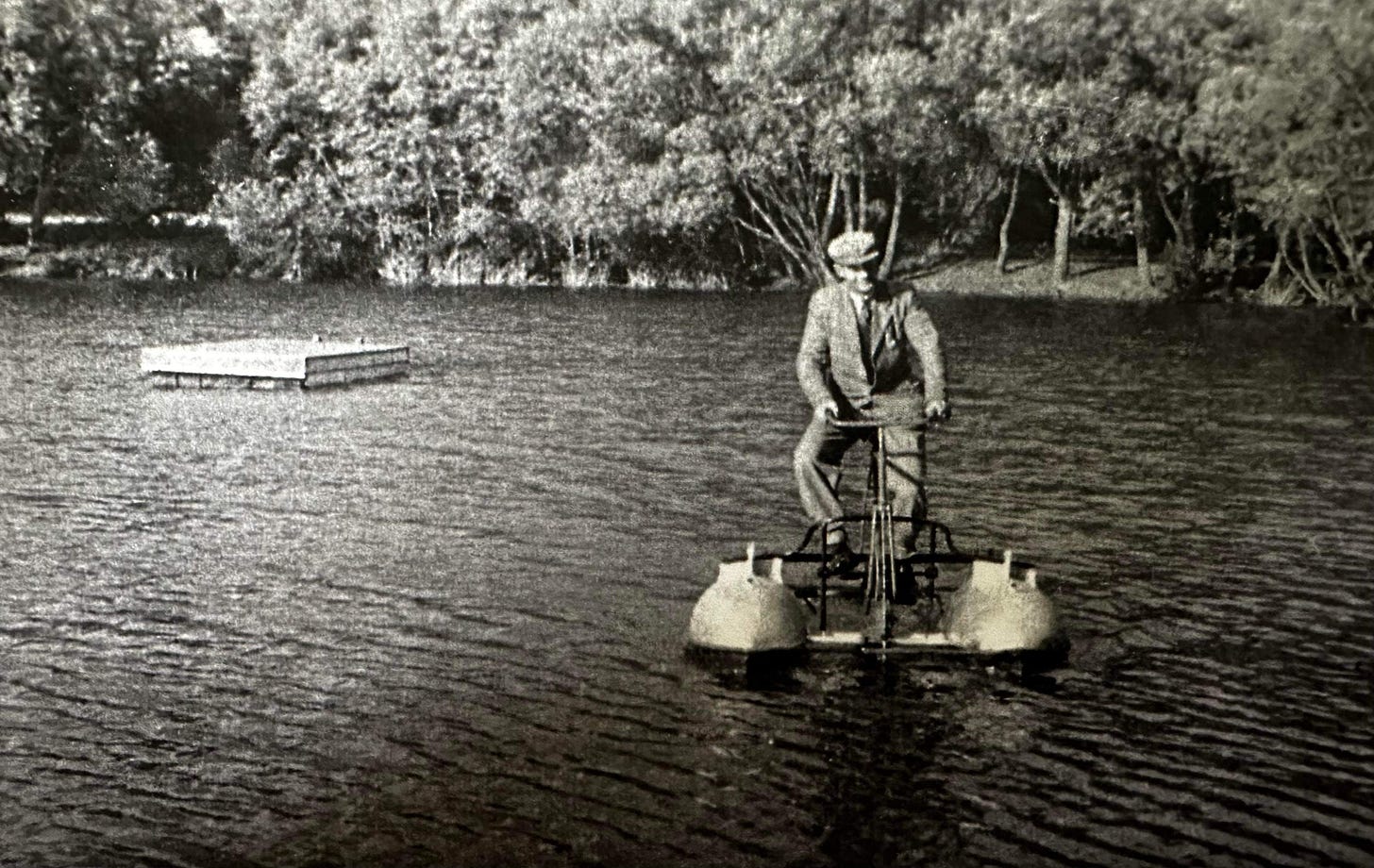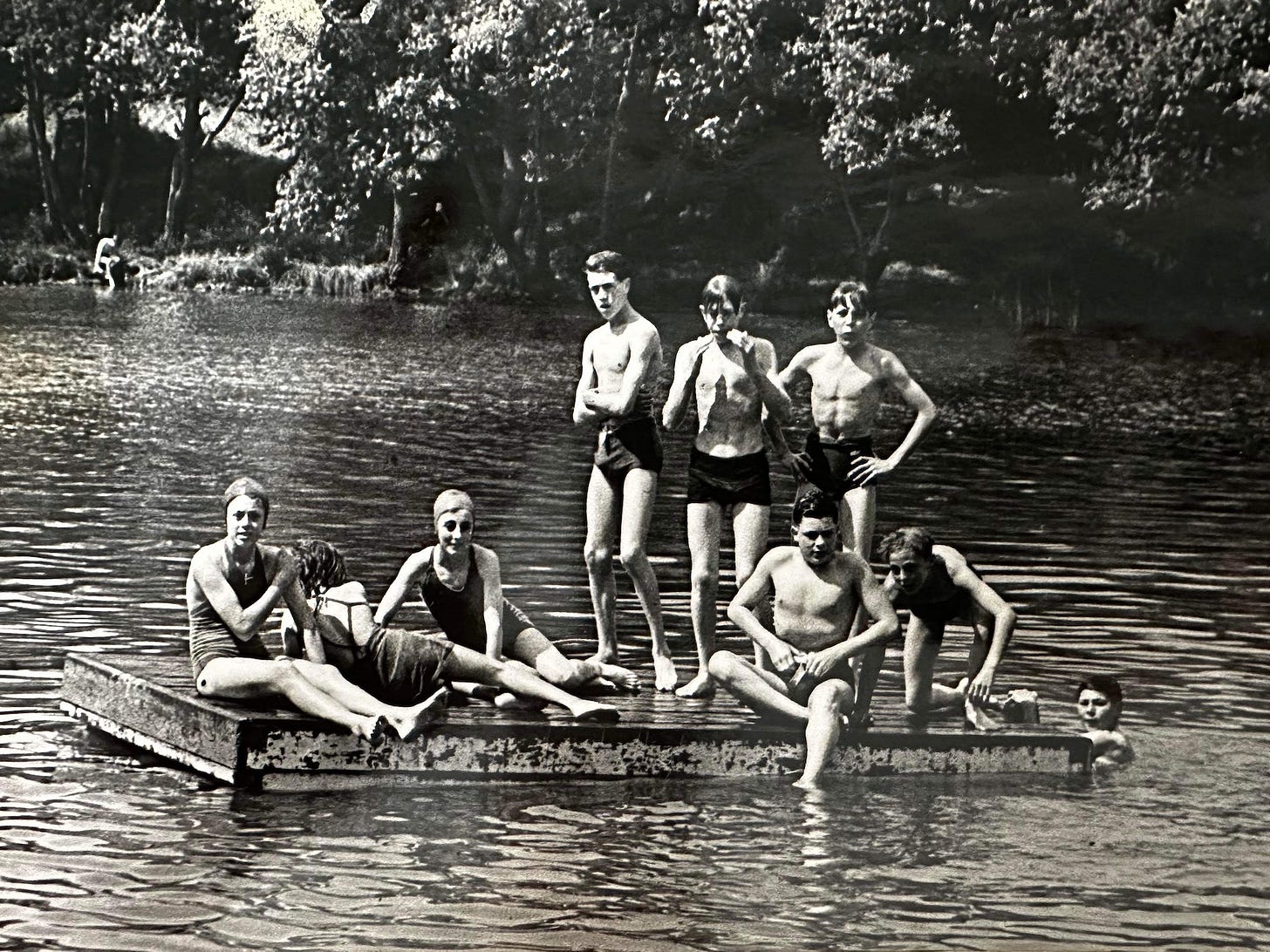You’re reading the paid-for edition of The Ink - curated community news straight to your inbox. Having upgraded to paid, you are supporting the most exciting and ambitious media venture in the South West enabling us to keep you informed and up to date with everything Swindon. By subscribing you have given us the ability to send news analysis, updates and features direct to your inbox. We always welcome feedback so please let us know how we are doing in the comments. And please tell your friends and families about us as every new subscriber makes us stronger.
This is the fifth of our monthly ‘Heritage focus’ editions which will normally appear on the third Thursday of every month. The first Thursday is ‘Business’, and the second Thursday of the month is ‘Education’, and the final Thursday is ‘Food & Drink’.
If you are a free subscriber you will only be able to read the first part of this briefing and will need to upgrade to paid to read the whole thing.
Winter Offer
Throughout the winter The Ink is offering new subscribers three months free on a paid subscription. To take advantage of this press the link below…
The forgotten beauty spot of Plaum’s Pits
For Swindonian Amanda Wilkins Plaum’s Pit holds a special place in her heart. The forgotten lake and beauty spot was owned by her great grandfather and grandfather, who turned it into a popular local attraction. Today it is run by the Plaum’s Pit Angling Club. Amanda Wilkins reports…

By Amanda Wilkins
Tucked away in a quiet corner of Rodbourne, just off Vicarage Road, is a hidden gem. One of Swindon’s long, lost treasures, a rather beautiful lake that goes by the name of Plaum’s Pit.
Today it is home to the Plaum’s Pit Angling Club, but it was once a popular local attraction, a small utopia in the busy town, and a destination that rivalled Coate Water.
There are many locals who still fondly remember the lake and have happy memories of swimming in ‘Plummies Pit’ as children. The unusual moniker, Plaum’s Pit, came from my great grandfather and his son, my grandfather, Fred Plaum, the owner of the lake from 1938 up until the late 1950s.
Sadly, the lake seems to have been all but forgotten about by local historians and is regretfully absent from recent publications. It has bothered me greatly in recent years that we are in danger of losing this wonderful slice of Swindon history, a tale of the determination of two men, an immigrant and his son, and their aspiration to create something beautiful for their local community.
Thankfully my mother, Sheila Collins née Plaum, has a huge collection of papers, photos, diaries and documents relating to the lake, kept meticulously by her mother, the late Yvette Plaum, and I am very grateful to be able to share this, and once again bring Plaum’s Pit back to the attention of the Swindon people.
Plaum’s Pit began life as a clay pit. Digging started in the early 1900s to extract the clay for brick manufacture, using a horse-drawn railway to carry the clay to the local brickworks at Kiln lane. The bricks were used for houses and buildings around Swindon. At about 30 feet deep, the digging hit underground springs, thus stopping extraction, and the pit was shut down.
During the 1920s my Great Grandfather, George Jacques Plaum, born in Belgium in 1882, purchased the pit with financial backing from co-owner, and sleeping business partner, Mr White, of Bristol.




